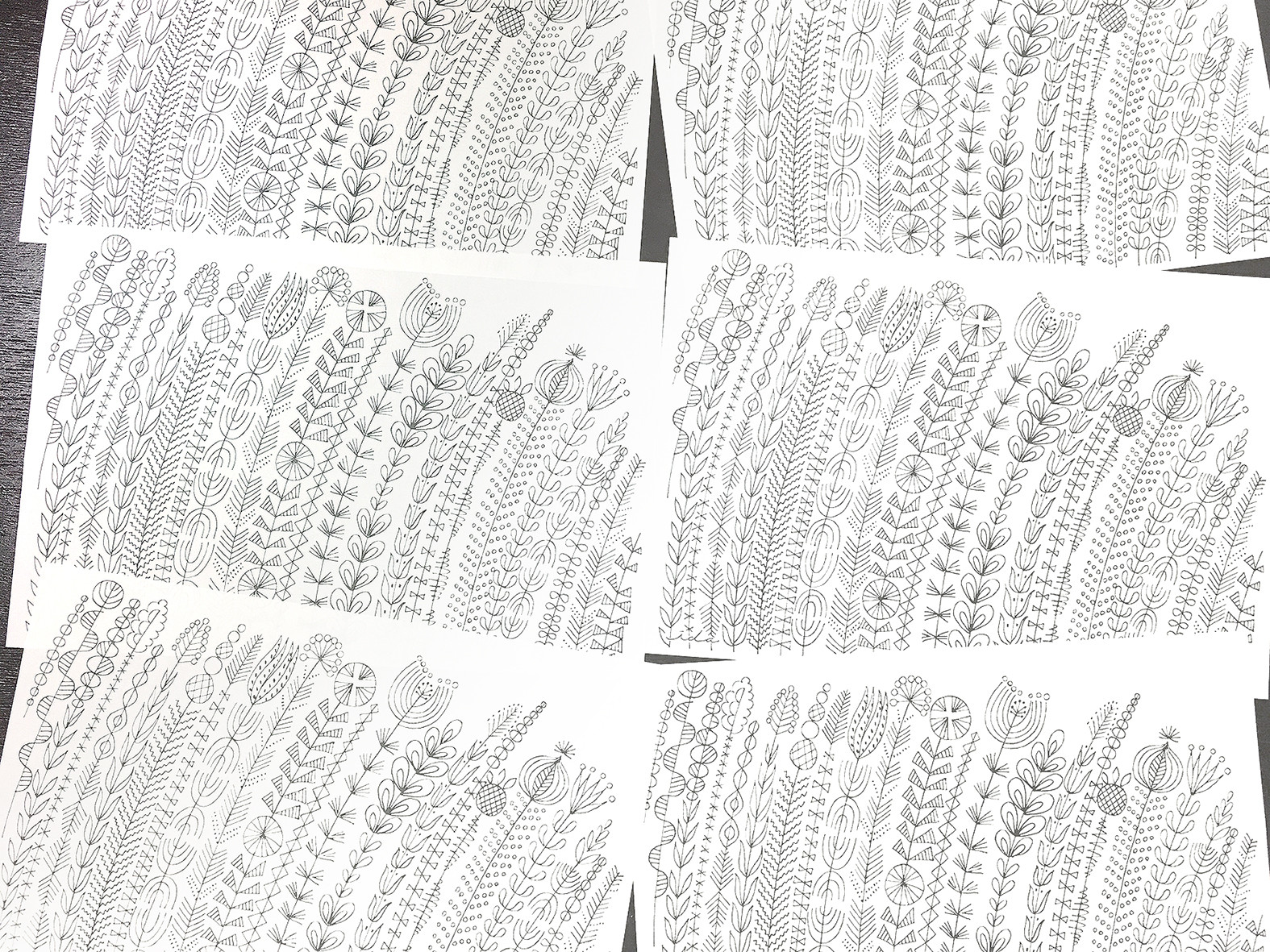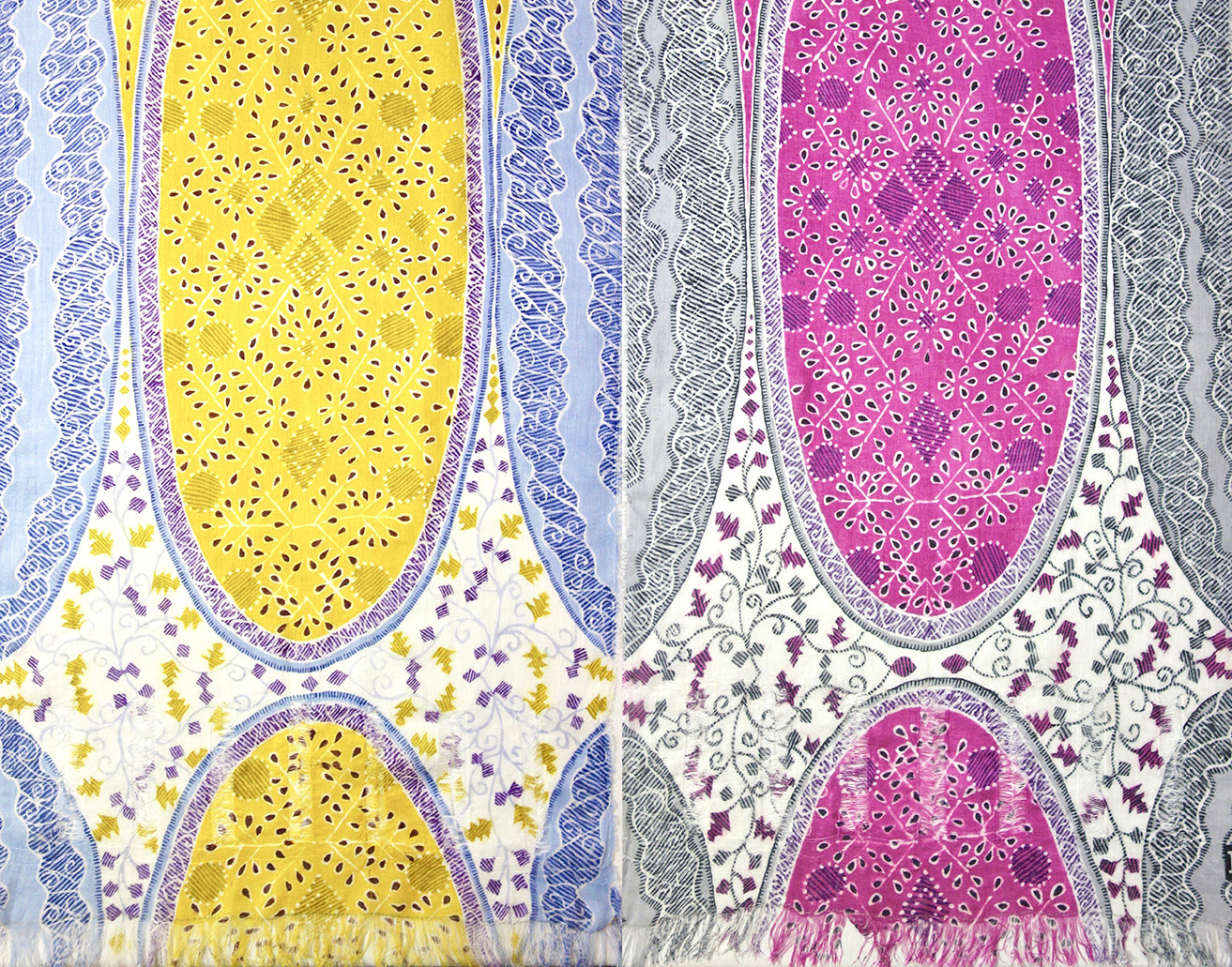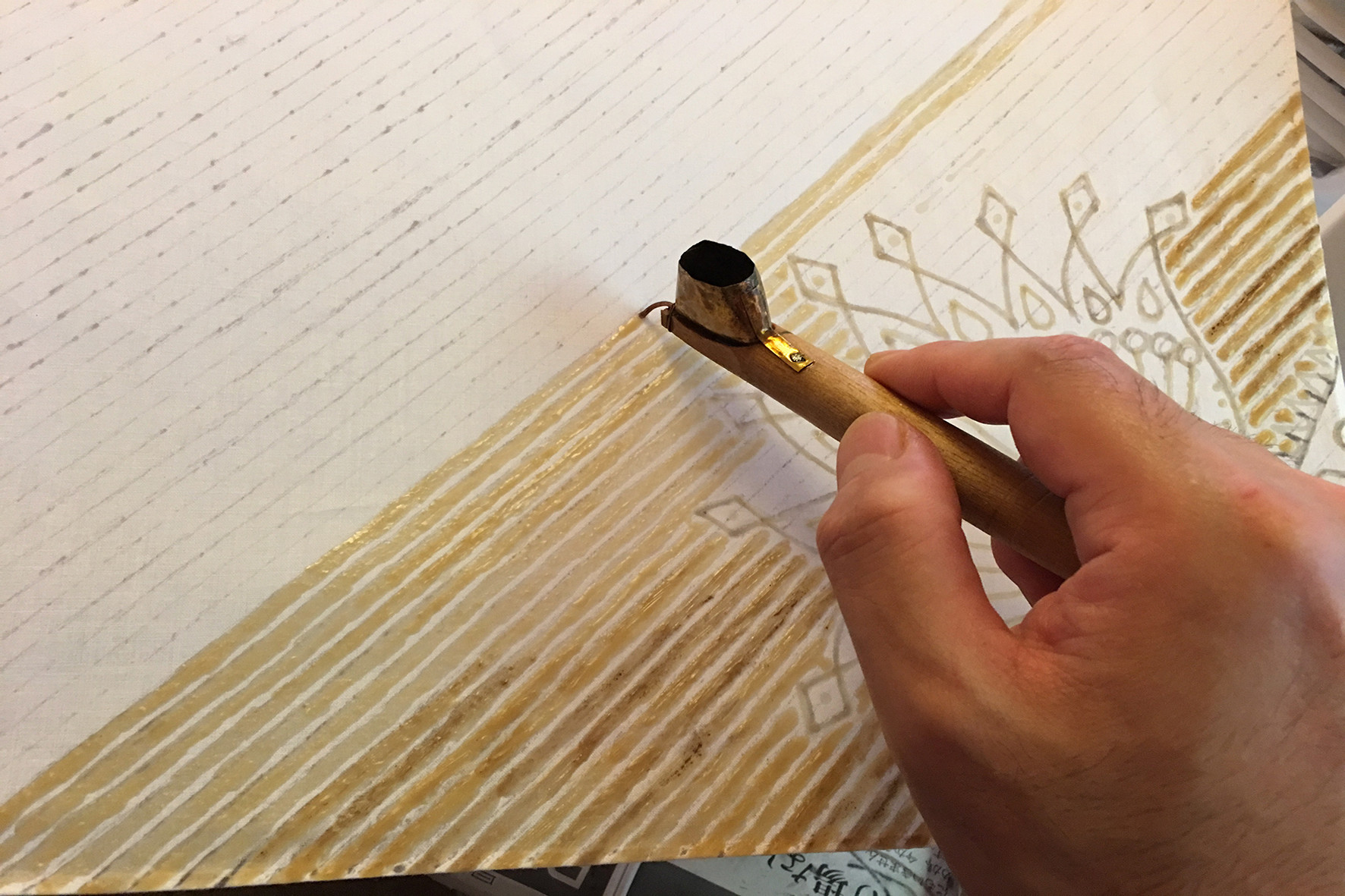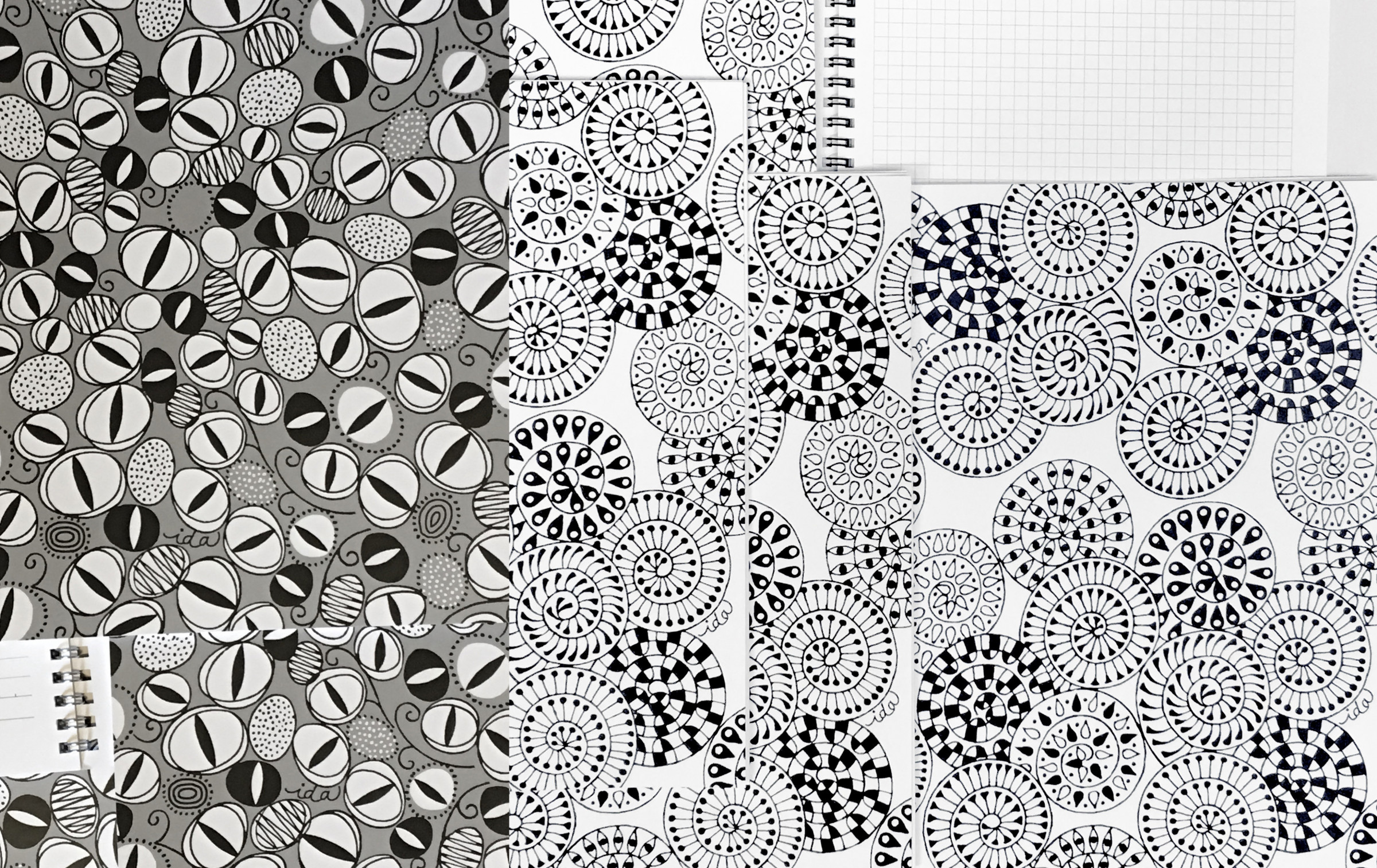TSUTOMUiDa は「ツトム イダ」と読みます。オリジナル技法のバティック(ろうけつ染め)と更紗の作家である怡田勉(いだつとむ)の公式ホームページです。
*作家について
怡田 勉 / いだつとむ / 1965年 横浜市生まれ / 多摩美大染織デザイン卒 / テキスタイルデザイナー&染色作家
インテリアファブリックやベッドリネンの企画∙デザインをしながら、Da=ダという未登録ブランド名で2013から年に一度 ハンドメイド雑貨を発表してきました。2015年に絞り染めから現在のロウケツ染め(バティック)へと作品技法を変更し、2017の<TDAテキスタイルフェスタ>からは略称の「Da」に代わってTSUTOMUiDa =ツトムイダ の作家実名でブランド表記をさせていただいております。現在、実店舗での製品取り扱いは無く、展示会場における直販が中心となっております。NEWS欄で参加が決まったイベントを順次アップしますのでご覧下さい。
*バティックについて
ろうけつ染めとも呼ばれ、アジアでは古来からある染色技法です。特にインドネシア ジャワ島のバティックは「ジャワ更紗」とも呼ばれ 貴重な手工芸の技術として世界遺産となっています。TSUTOMUiDaのバティックは、ジャワのバティックから影響を受けつつも 他の染色技法と組み合わせるなど オリジナルな技法でひとつひとつ手作りをしています。
*更紗について
「サラサ」はインドが発祥と言われ、アジアだけでなくヨーロッパやアフリカ、日本にも広まってそれぞれの「更紗」を生み出しました。プリントもしくは染めで緻密な模様を作り出し、布一面を模様で埋め尽くすのが更紗の特徴と言えます。TSUTOMUiDaの更紗は インドの手描き更紗”カラムカリ”や前述のジャワ更紗の技法などをヒントにしながら、 世界の様々な民族紋様やアンティークを基に デザイナー目線で再構築したオリジナルデザインのハンドメイド製品です。
This is the website TSUTOMUiDa published art works of Batik & Chintz by original techniques.
*about Artist
Tsutomu Ida / Born in 1965 Yokohama, Japan / Guraduated from Tama Art University / Textile Designer & Dyeing Artist
While planning & designing of bed linen & interior fabrics, I also presented hand-made dyeing textile craft goods from 2013, as named "Da" (unregistered brand). And I changed the dyeing techinique from tie-dye to curent Batik in 2015, and changed the brand name in my real name "TSUTOMUiDa" from 2017. Curently, no product handling in store, direct sale in the exhibition only. But, we started selling some of our products in the online shop:Sakiyama Design ART:https://www.sdart.store I will anounce soon, if I have another market.
*about Batik
It is also called wax-dyeing, and the staining technique in Asia from ancient times. Especially Java island's Batik is also as known "Javanese Chintz" is a world heritage site as a valuable crafts. TSUTOMUiDa's Batik is influenced Javanese Batik very much, but has one unique techniques such as combining with other staining dyeing techniques of the world.
*about Chintz
Chintz = japanese called "Sarasa" is said originated in India, created a Chintz each spread throughout Europe, Africa, and Japan or other Asia. I suppose about "Chintz(Sarasa)" as follows. The cloth that the surface was filled with many detailed pattern, with the print or dyeing. TSUTOMUiDa's Chintz uses combined into "KALAMKARI"(Indian hand-paint dyeing) techniques and Javanese Batik techniques mentioned above, and various tribal patterns of the world, rebuilds the designers perspective based on original design hand-made products.









